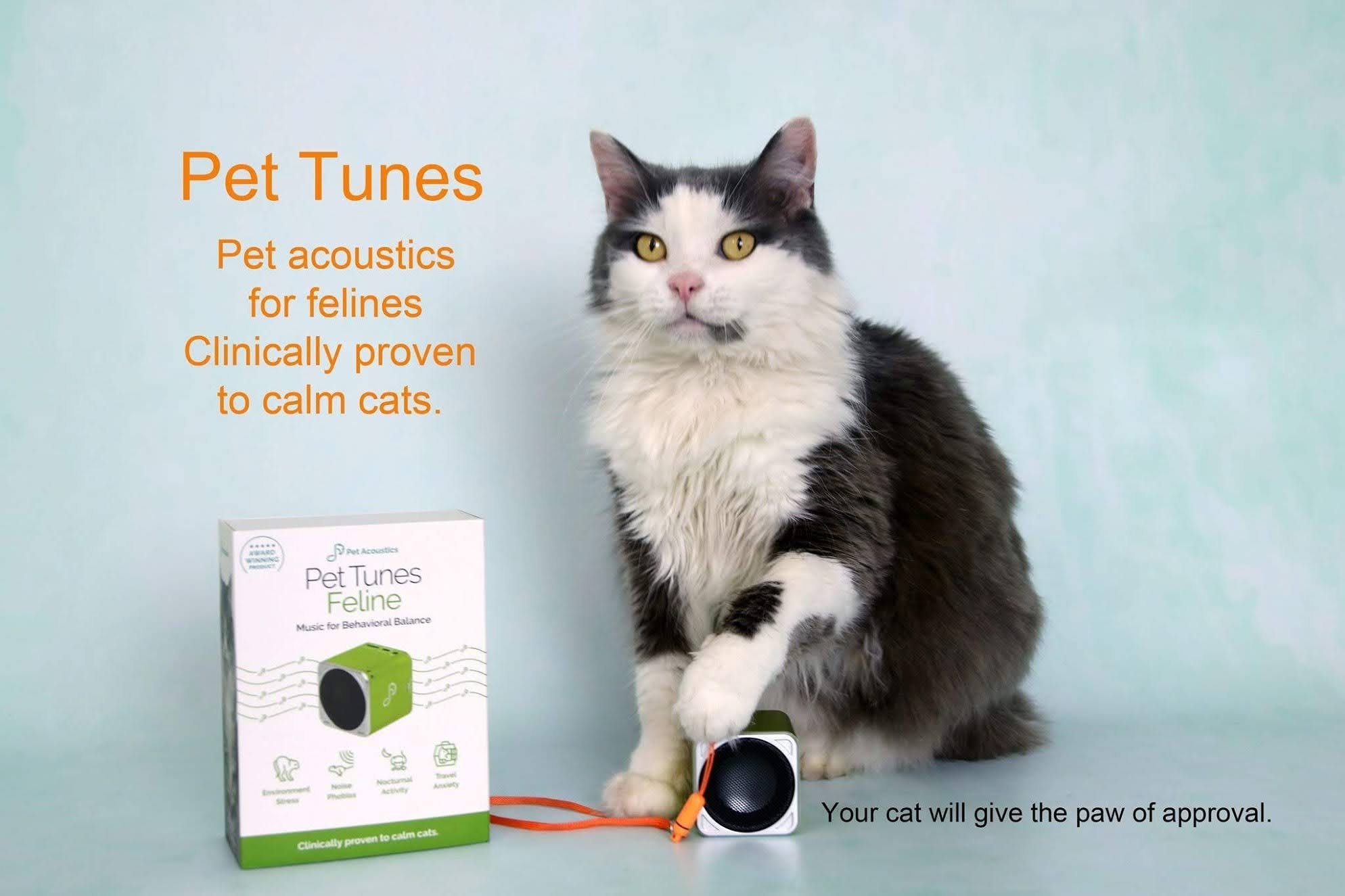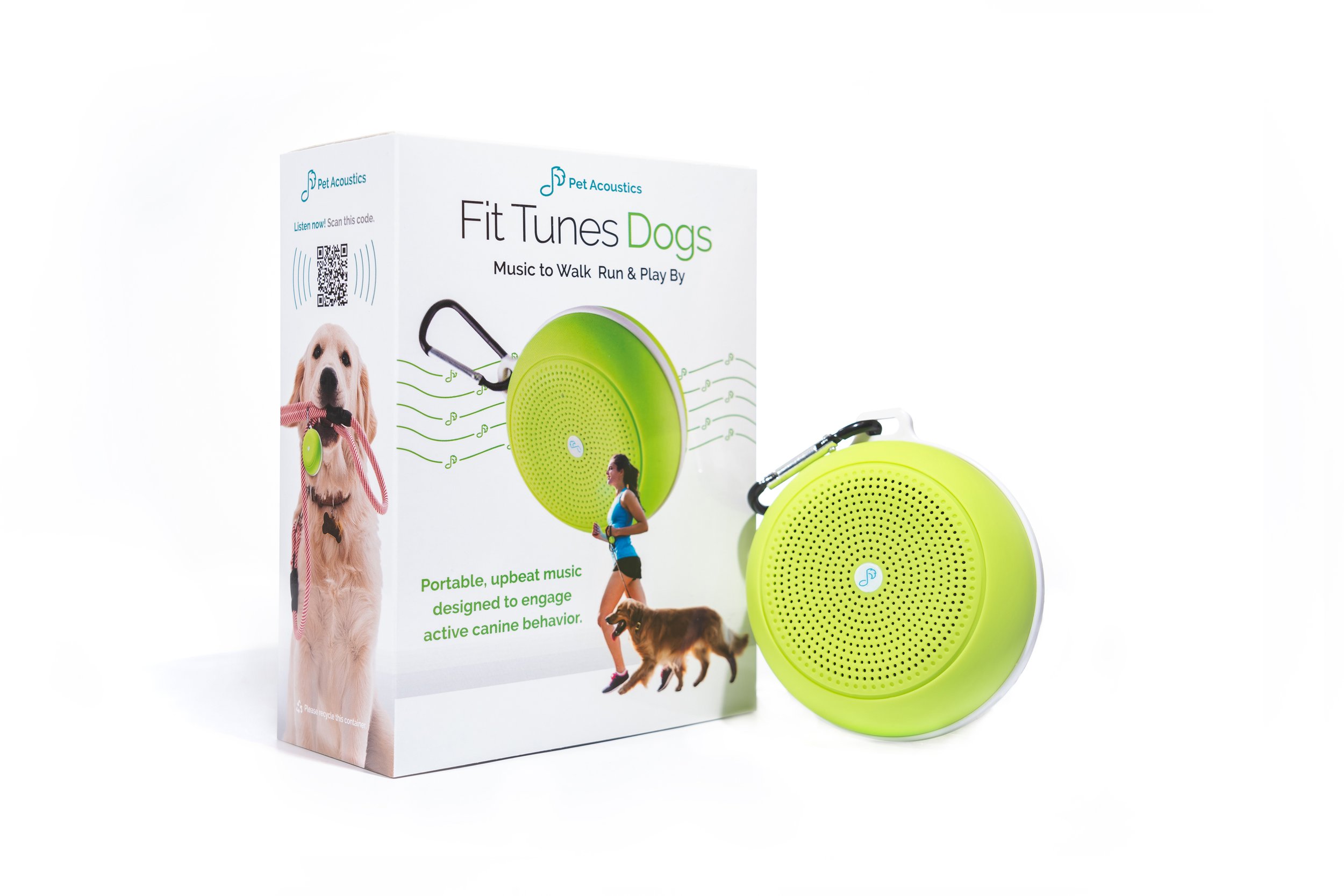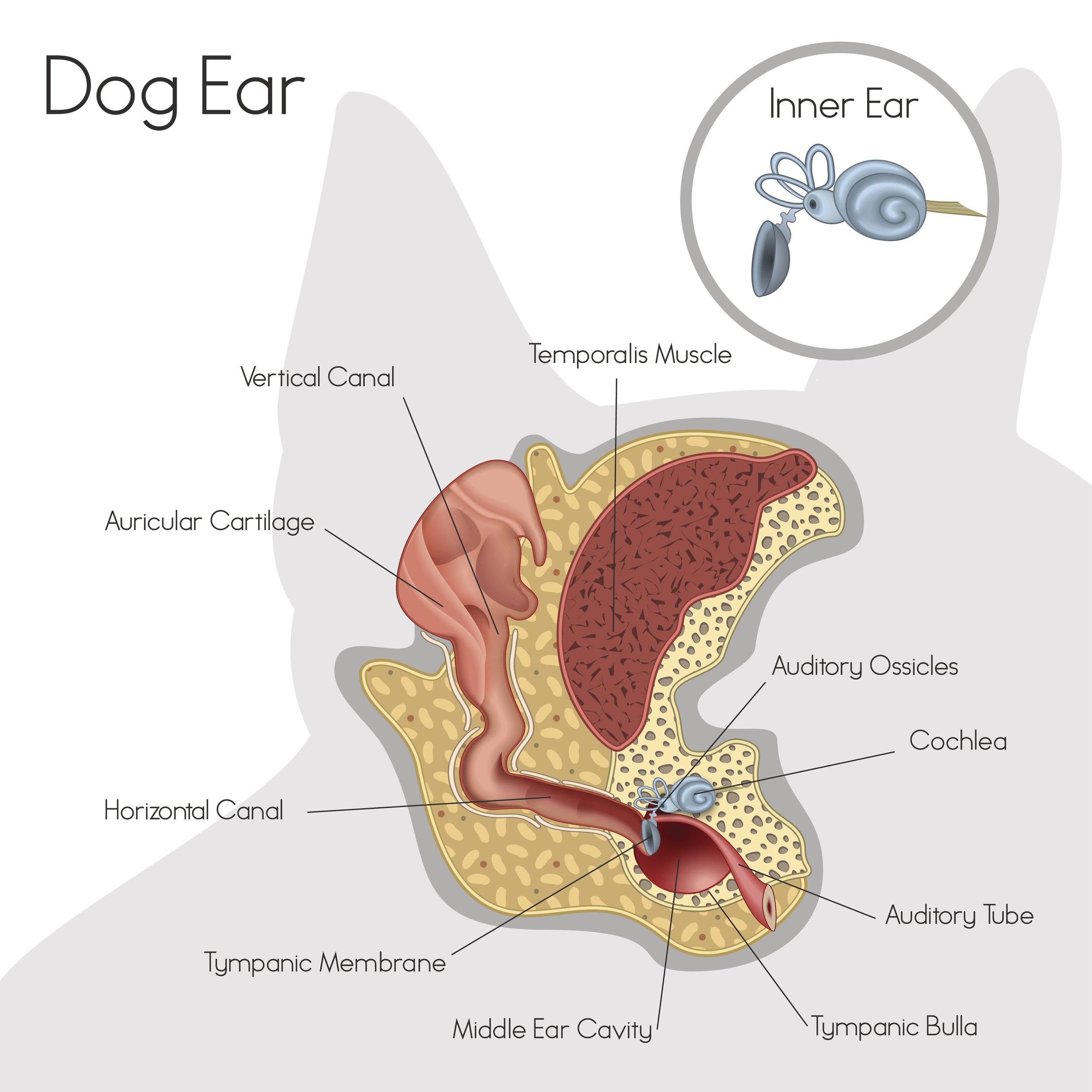Do dogs see colors?
Yes, dogs do see colors, but their color perception is different from that of humans. Dogs have fewer color receptors in their eyes than humans, which means they can only see two primary colors: blue-violet and yellow-green. This is a condition known as dichromatic vision. In contrast, humans have trichromatic vision, which means we can see the full spectrum of colors.
Because of their limited color vision, dogs see the world in shades of blue and yellow. Colors such as red, orange, and green appear as shades of yellow or gray to them. However, dogs have excellent visual acuity and can detect even subtle changes in movement and contrast, which is why they are such great hunters and trackers.
Do cats see colors?
Yes, cats do see colors. Like dogs, cats also have dichromatic vision, which means they can only see two primary colors: blue and green. They do not have the ability to see reds or oranges, which appear as shades of gray or brown to them.
Despite their limited color vision, cats have excellent night vision and can see well in low light conditions. They also have a wider field of view than humans, with their eyes positioned more toward the sides of their head, giving them a 200-degree field of view compared to the human's 180-degree field of view. This wide field of view helps them to detect movement and avoid predators while hunting.
What is dichromatic vision in animals
Dichromatic vision is a type of color vision in animals that is characterized by the ability to perceive only two primary colors. In dichromatic vision, the eyes have two types of color receptors, also known as cones, that are sensitive to different wavelengths of light. The most common form of dichromatic vision in animals is the ability to see shades of blue and green.
This type of color vision is found in many animals, including dogs, cats, and most other mammals. Dichromatic vision is thought to be an evolutionary adaptation that allows these animals to see important visual cues in their environment, such as the contrast between a predator and its surroundings or the ripeness of fruit.
In contrast, humans have trichromatic vision, which means we have three types of color receptors in our eyes, allowing us to see a full range of colors. This is due to a gene mutation that occurred in early primates, which gave us an advantage in finding ripe fruit and detecting subtle changes in skin color that can indicate emotion or illness in other people.
Do birds see colors?
Yes, most birds have excellent color vision and can see a wider range of colors than humans. Birds have four types of color receptors, or cones, in their eyes compared to the three types found in humans. This means that they can see ultraviolet light and a wider range of colors, including colors that are invisible to humans.
Birds use their color vision to find food, attract mates, and navigate their environment. For example, some species of birds can see the ultraviolet patterns on flowers that guide them to nectar. Other birds use their color vision to recognize the bright colors of other birds and to distinguish between different species.
In addition to their excellent color vision, many birds also have sharp visual acuity and depth perception, which helps them to accurately judge the distance and speed of objects while flying. The combination of these visual abilities allows birds to thrive in their natural environments and play important roles in pollination, seed dispersal, and insect control.
Do horses see colors?
Yes, horses see colors. Like dogs and cats, horses have dichromatic vision, which means they can only see two primary colors: blue and green. They do not have the ability to see reds or oranges, which appear as shades of gray to them.
Despite their limited color vision, horses have excellent night vision and can see well in low light conditions. They also have a wider field of view than humans, with their eyes positioned on the sides of their head, giving them a 350-degree field of view compared to the human's 180-degree field of view. This wide field of view helps them to detect predators and avoid obstacles while running.
Horses also have a special ability to see motion better than humans, which is thought to be an adaptation for detecting predators in their natural environment. This ability allows them to detect even subtle movements in their environment, such as the flicker of a predator's tail or the movement of a fly on their skin.
Can you keep a light on to calm a dog?
Keeping a light on can be helpful in calming some dogs, especially those who are afraid of the dark or have separation anxiety. Dogs are social animals and often feel comforted by the presence of their human family or other dogs. Keeping a light on can help them feel less isolated and anxious, especially if they are left alone for long periods of time.
However, it is important to keep in mind that dogs are diurnal animals, meaning they are most active during the day and sleep at night. Keeping a bright light on in the room where your dog sleeps can disrupt their natural sleep patterns and may cause them to have difficulty sleeping or resting properly. To avoid this, it is recommended to use a low-level night light or a dimmer switch to create a calm and soothing environment for your dog without disturbing their sleep.
Is light useful for separation anxiety for a dog?
Light can be used as part of an overall strategy to help manage the condition. Separation anxiety is a common behavior disorder in dogs that can cause them to exhibit a range of destructive or anxious behaviors, such as barking, chewing, or trying to escape when left alone.
To help manage separation anxiety in dogs, it is important to create a calm and predictable environment for them. This can include providing them with a comfortable and secure place to sleep, such as a crate or a designated area of the house, and leaving familiar toys, blankets, or other items that have your scent on them.
In some cases, leaving a low-level light on in the room where your dog sleeps can also help reduce their anxiety and make them feel less isolated when you are not there.
Can light be soothing to cats?
Yes, light can be soothing to cats, especially natural sunlight. Cats are crepuscular animals, which means they are most active during the dawn and dusk hours and often rest during the day. Exposure to sunlight during these times can help regulate their natural sleep-wake cycle and promote relaxation
Changing lights
If you are considering using changing lights to entertain or stimulate your pet, it is important to monitor their behavior and response to the lights. If your cat seems to enjoy the changing lights and is not showing any signs of stress or discomfort, then it may be a harmless way to provide them with some visual stimulation. However, if your pet is showing signs of stress, such as hiding or becoming agitated, it may be best to discontinue the use of changing lights.
In general, colored soothing lights can be helpful in calming pets, including dogs and cats. Soft, muted colors such as blue, green, and purple can create a relaxing and calming atmosphere, especially when used in conjunction with other calming strategies such as music or aromatherapy.
Colored lights can be used in a variety of ways to create a calming environment for pets. For example, a soft blue or green light can be left on in a quiet room or sleeping area to promote relaxation and reduce anxiety. Similarly, a color-changing lamp or LED strip can be used to create a calming and visually stimulating environment for pets.
It is important to note, however, that some pets may be sensitive to bright or flashing lights, and exposure to these types of lights can cause overstimulation and stress. If you are using colored lights to calm your pet, it is important to monitor their behavior and response to the lights. If your pet seems to enjoy the lights and is not showing any signs of stress or discomfort, then it may be a harmless way to provide them with some visual stimulation. However, if your pet is showing signs of stress or agitation, it may be best to discontinue the use of colored lights.
Overall, colored soothing lights can be a helpful tool in promoting relaxation and reducing anxiety in pets, but it is important to use them carefully and in conjunction with other calming strategies to ensure the best possible results.





































